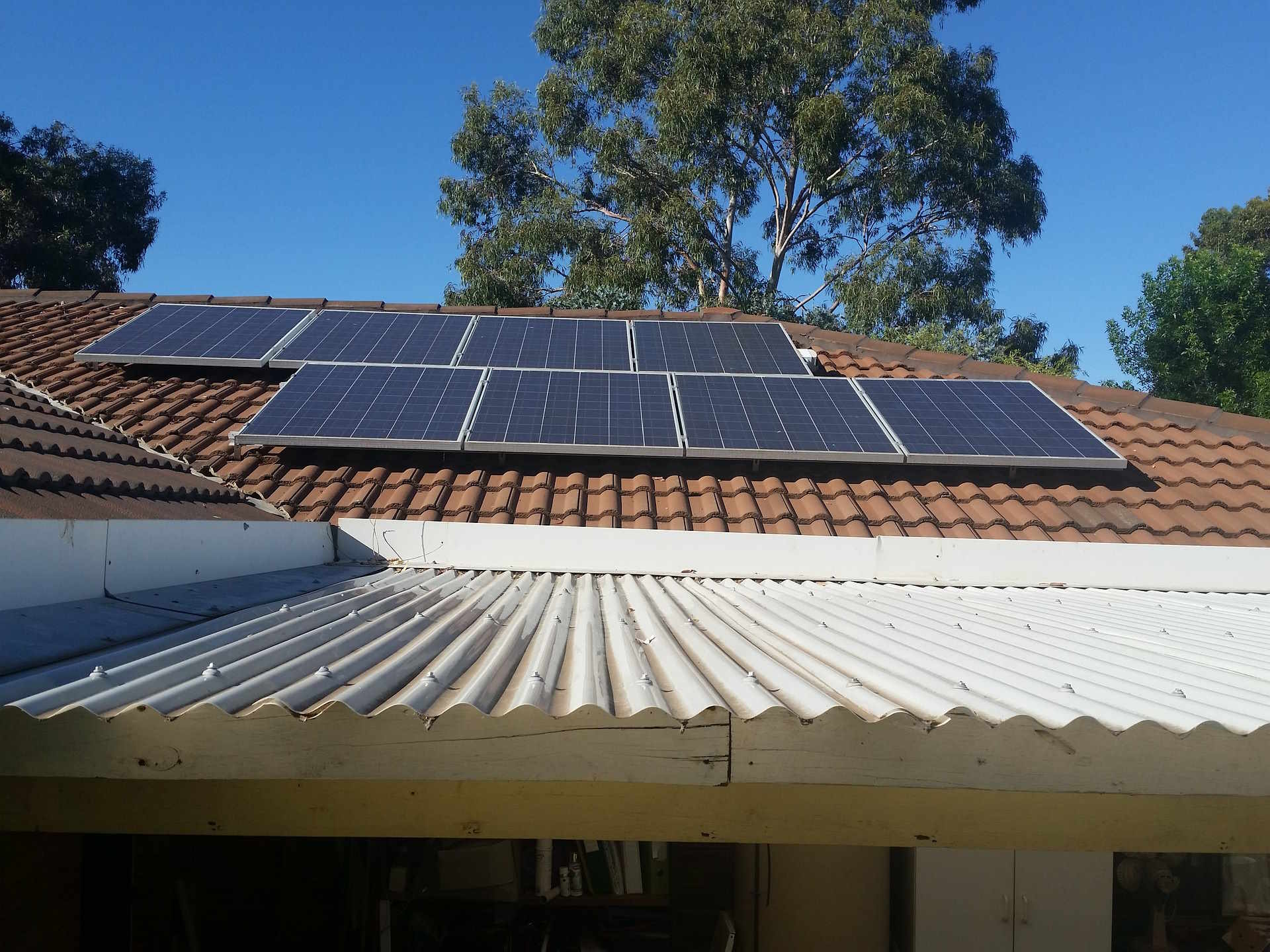Solar Panels: Benefits, Types, and How to Choose the Right System for Your Home
Solar panels are devices that convert sunlight into electricity. They are made up of photovoltaic (PV) cells that capture sunlight and convert it into usable energy. Solar panels are typically installed on the roofs of homes or businesses to harness the sun’s energy, providing a renewable and eco-friendly alternative to traditional power sources. With growing concerns over climate change and rising energy costs, solar panels are becoming an increasingly popular choice for homeowners looking to reduce their reliance on the grid.

What are solar panels and how do they work?
Solar panels are devices that convert sunlight into electricity through a process called the photovoltaic effect. They consist of multiple photovoltaic (PV) cells made from semiconductor materials, typically silicon. When sunlight hits these cells, it excites electrons, creating an electric current. This direct current (DC) is then converted to alternating current (AC) by an inverter, making it compatible with household appliances and the electrical grid.
What are the main benefits of installing solar panels?
Installing solar panels offers numerous advantages for homeowners:
-
Reduced electricity bills: Solar panels can significantly lower your monthly energy costs by generating free electricity from sunlight.
-
Environmental impact: Solar energy is clean and renewable, reducing your carbon footprint and dependence on fossil fuels.
-
Energy independence: By generating your own electricity, you become less reliant on the grid and less vulnerable to power outages.
-
Increased property value: Homes with solar panels often have higher resale values and may sell faster than those without.
-
Long-term savings: While the initial investment can be substantial, solar panels typically pay for themselves over time through energy savings.
What are the different types of solar panels available?
There are three main types of solar panels available for residential use:
-
Monocrystalline: These panels are made from a single crystal structure and are known for their high efficiency and sleek, black appearance. They perform well in low-light conditions but are typically the most expensive option.
-
Polycrystalline: Made from multiple crystal structures, these panels are slightly less efficient than monocrystalline but are more affordable. They have a distinctive blue color and perform well in warm climates.
-
Thin-film: These panels are the least efficient but also the most flexible and lightweight. They’re often used in portable applications or on buildings with weight restrictions.
How do you determine the right size solar panel system for your home?
Choosing the right size solar panel system depends on several factors:
-
Energy consumption: Review your past electricity bills to determine your average monthly usage in kilowatt-hours (kWh).
-
Available roof space: Measure the usable area on your roof, considering factors like shade, orientation, and structural integrity.
-
Local climate: Your location’s average sunlight hours and weather patterns affect the system’s potential output.
-
Budget: Consider your financial constraints and desired payback period.
-
Future energy needs: Factor in potential increases in energy consumption, such as electric vehicle charging or home additions.
What are some unique considerations for solar panel installation in different regions?
Solar panel installation considerations can vary significantly depending on your location:
In sunny regions like the southwestern United States, solar panels can be highly productive year-round. However, extreme heat may slightly reduce efficiency, so proper ventilation is crucial. In colder climates, such as the northeastern states, snow accumulation on panels can temporarily reduce output, but the cooler temperatures can actually improve overall efficiency. Coastal areas may require additional protection against salt corrosion, while hurricane-prone regions need systems designed to withstand high winds.
How much do solar panel systems cost, and what financing options are available?
The cost of solar panel systems can vary widely based on factors such as system size, panel type, and installation complexity. Here’s a general overview of costs and financing options:
| System Size | Estimated Cost Range | Average Annual Savings |
|---|---|---|
| 5 kW | $15,000 - $25,000 | $650 - $1,000 |
| 10 kW | $25,000 - $35,000 | $1,300 - $2,000 |
| 15 kW | $35,000 - $45,000 | $1,950 - $3,000 |
Prices, rates, or cost estimates mentioned in this article are based on the latest available information but may change over time. Independent research is advised before making financial decisions.
Financing options for solar panel systems include:
-
Cash purchase: Offers the highest long-term savings but requires a significant upfront investment.
-
Solar loans: Allow homeowners to finance the system over time, often with low-interest rates.
-
Power Purchase Agreements (PPAs): The solar company owns and maintains the system, while homeowners pay for the electricity generated at a reduced rate.
-
Solar leases: Similar to PPAs, but with fixed monthly payments rather than per-kWh charges.
-
Government incentives: Many regions offer tax credits, rebates, or grants to offset installation costs.
In conclusion, solar panels offer numerous benefits for homeowners, from reduced energy bills to a smaller carbon footprint. By understanding the different types of panels available and carefully considering your home’s specific needs, you can choose the right solar panel system to power your home efficiently and sustainably for years to come.




